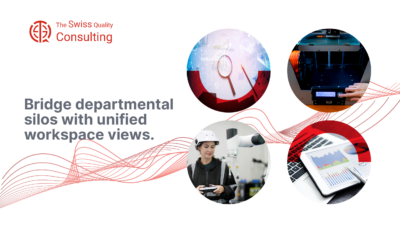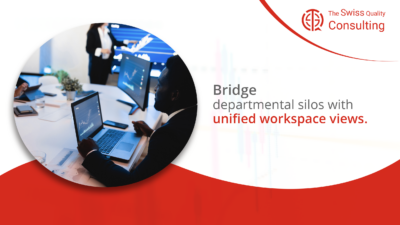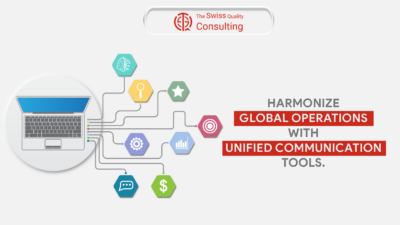Embrace Change Management with Unified Workspace Views for Enhanced Collaboration
Introduction
In today’s dynamic business environment, effective communication and collaboration across different departments are pivotal for achieving organizational success. As a business executive, mid-level manager, or entrepreneur, understanding the significance of unified workspace views in bridging departmental silos is essential. This article explores how leveraging such strategies can transform your business operations and lead to sustainable success.
The Challenge of Departmental Silos
In the dynamic and interconnected world of business, the concept of departmental silos has emerged as a significant impediment to organizational growth, innovation, and overall success. These silos, characterized by isolated teams, limited inter-departmental interaction, and a lack of shared knowledge, create formidable barriers to effective communication, collaboration, and decision-making. The detrimental effects of silos are particularly evident in the areas of information flow, project management, and overall organizational agility.
In terms of information flow, silos hinder the seamless exchange of critical data and insights across departments. When information remains confined within isolated silos, organizations miss opportunities to identify patterns, trends, and potential risks that could significantly impact their operations. This lack of visibility can lead to delays in decision-making, misallocation of resources, and missed opportunities for innovation.
Similarly, departmental silos pose significant challenges in project management. When teams operate in isolation, collaboration becomes fragmented, leading to inefficiencies, communication breakdowns, and delays in project completion. The lack of cross-functional alignment can also result in conflicting priorities, duplication of efforts, and a failure to achieve project objectives effectively.
Moreover, departmental silos stifle organizational agility, the ability to adapt and respond swiftly to changing market conditions and customer demands. When information and expertise are compartmentalized, organizations struggle to gather the necessary insights and make informed decisions quickly enough to capitalize on emerging opportunities or navigate unforeseen disruptions.
To overcome the detrimental effects of departmental silos, organizations must embrace unified workspace views. Unified workspace views provide a holistic and integrated perspective of the organization’s operations, breaking down the barriers between departments and fostering seamless collaboration. By providing a single, centralized platform for accessing and sharing information, unified workspace views empower teams to work together effectively, share knowledge, and make informed decisions that benefit the organization as a whole.
In essence, unified workspace views serve as a catalyst for organizational transformation, enabling businesses to overcome the limitations of departmental silos and achieve operational excellence. By fostering collaboration, breaking down information barriers, and enhancing agility, unified workspace views empower organizations to innovate, adapt, and thrive in the dynamic and interconnected world of business.
Understanding Unified Workspace Views
A unified workspace view is an integrated approach that consolidates information and resources across different departments onto a single platform. This approach fosters transparency, promotes effective communication, and enhances collaboration. It is a key strategy in change management and helps in breaking down the walls of departmental silos.
Role of Executive Coaching and Management Consulting
Executive coaching and management consulting are vital in guiding leaders through the process of integrating unified workspace views. These services provide personalized strategies and insights on leadership and management skills necessary for successful change implementation. They also offer guidance on leveraging generative artificial intelligence to automate and optimize these integrated workspaces.
Generative AI: A Catalyst for Change
Generative Artificial Intelligence (AI) plays a transformative role in unified workspace views. It enables the creation of intelligent and adaptive platforms that can process vast amounts of data, providing real-time insights and recommendations. This technology is instrumental in enhancing decision-making and project management, crucial components of business success.
Impact on Leadership and Management
Leaders and managers must adapt their skills to effectively utilize unified workspace views. Leadership training focused on effective communication and change leadership can equip them with the necessary tools to guide their teams through this transition. This adaptation is not just about technology integration but also about nurturing an organizational culture that values collaboration and openness.
Conclusion
Implementing unified workspace views is a strategic move towards dismantling departmental silos and fostering a more collaborative and efficient work environment. By embracing change management, executive coaching, and generative AI, businesses can unlock new potentials for innovation and growth. As leaders in the modern business landscape, it’s crucial to recognize and harness the power of these integrated approaches for enduring success.
#UnifiedWorkspace #BusinessCollaboration #ChangeManagement #ExecutiveCoaching #GenerativeAI #LeadershipSkills #ManagementSuccess






















